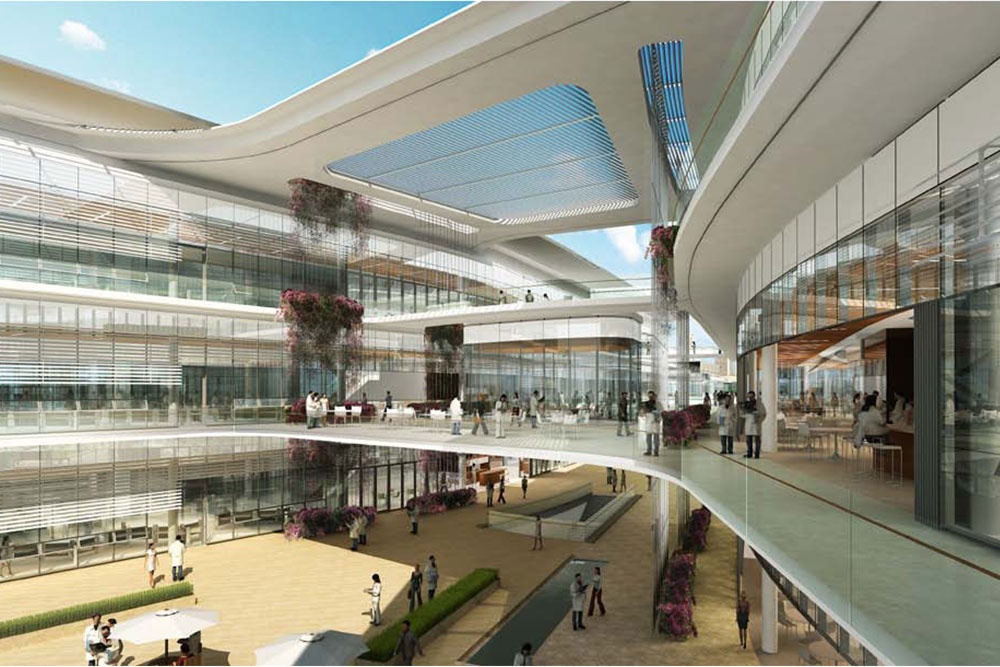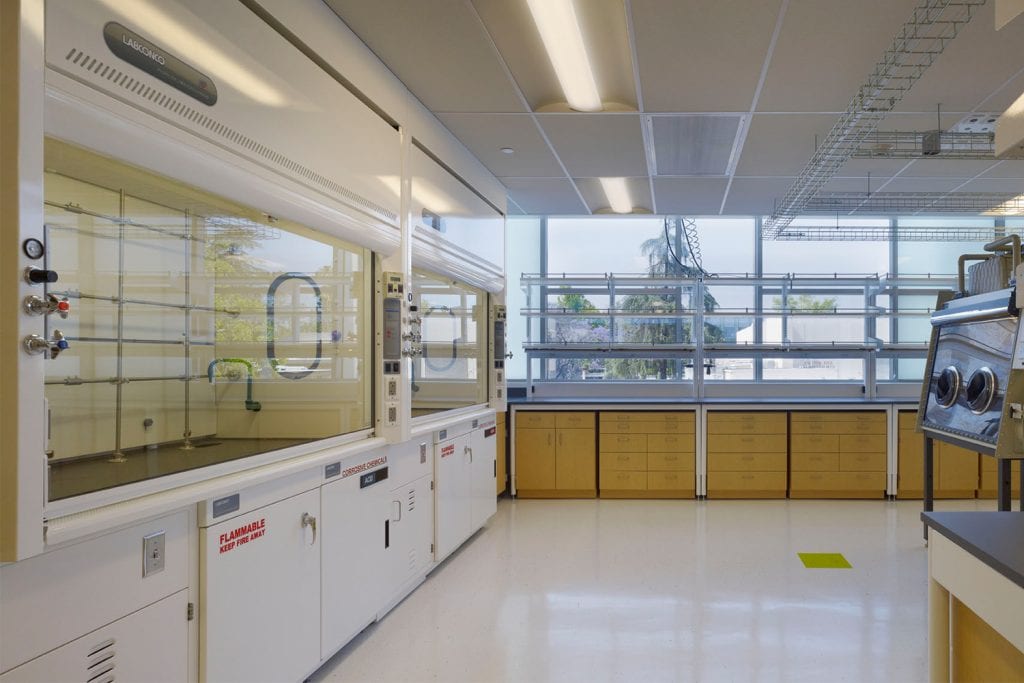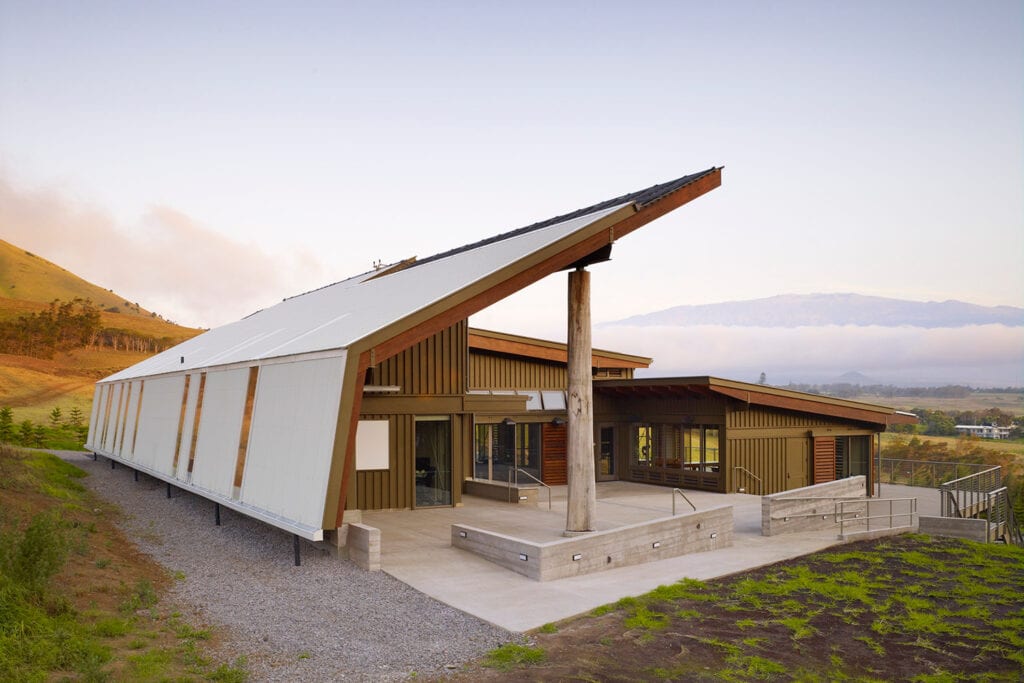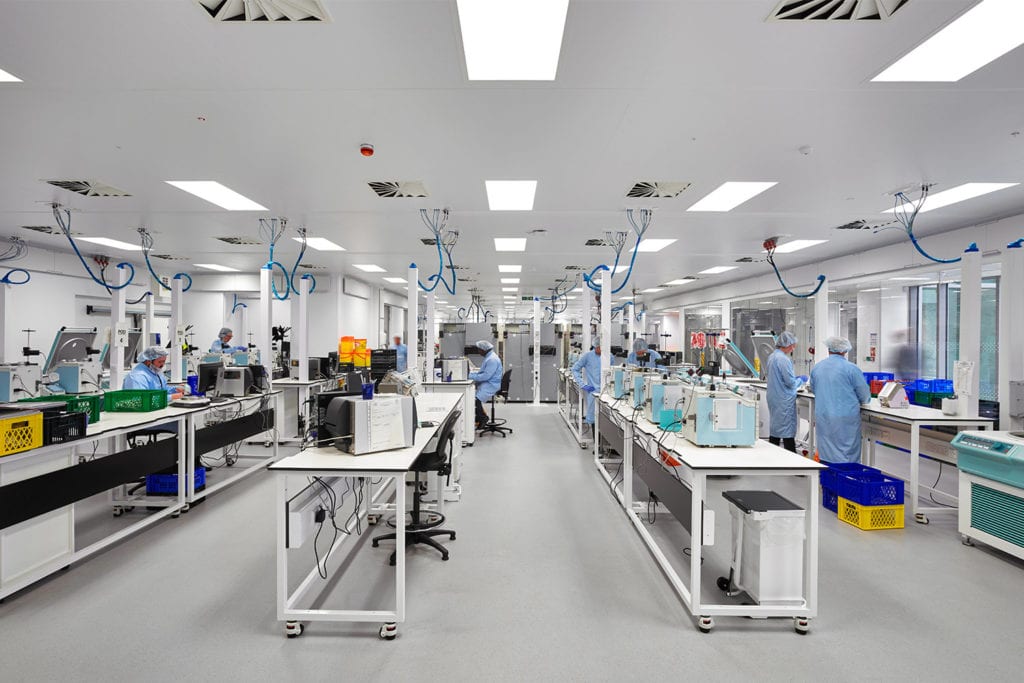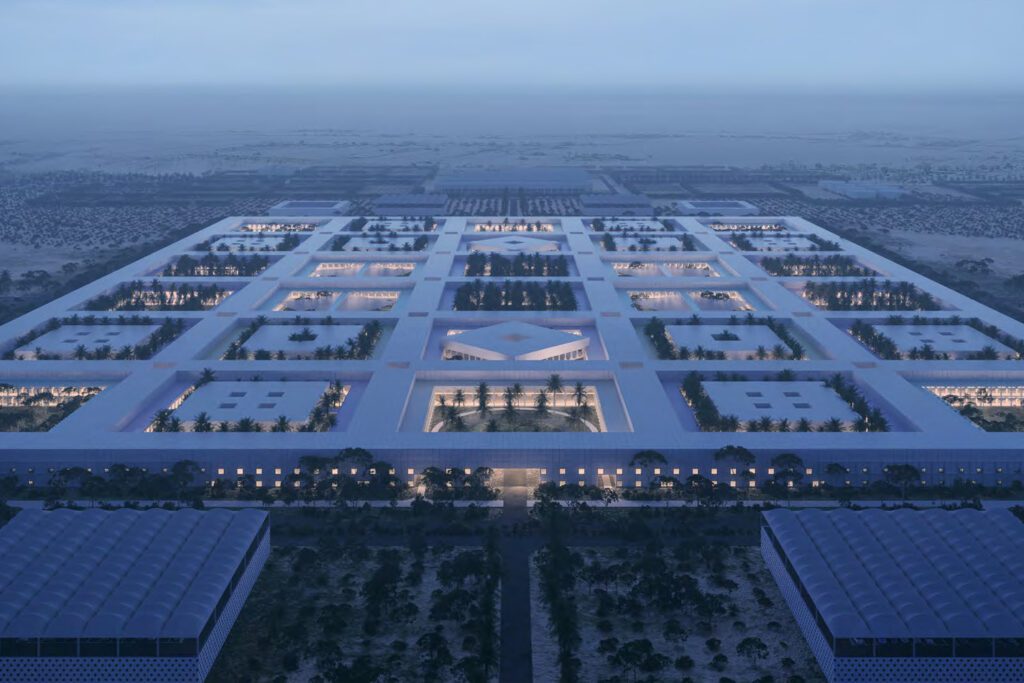4 tips for effective scientific lab design
We recently attended the Science, Innovation and Translation (S-Lab) conference, with our team delivering two presentations. We gained some great insights into the latest issues and innovations surrounding effective laboratory design.
Here are the top four tips we found interesting from the event:
1. Deep-plan laboratory design vs. Wellbeing
There is an increasing trend for deep-plan scientific buildings that deliver operationally efficient layouts, with these designs requiring attention to natural and artificial lighting, as well as access to views, in order to achieve high levels of occupancy satisfaction and well-being.
However, there is a conflict between providing flexible, technical laboratory buildings, which thrive on large deep floor plates, and naturally lit people-focused spaces. In laboratory buildings, the deep-plan approach tends to prevail, with the wellbeing and environmental comfort of the occupants taking second place. However, recent changes in lighting technology, design tools and user expectations have introduced opportunities to re-think convention and challenge this thinking.
Visit our health, wellbeing and productivity consulting page to explore what our experts are working on to improve workspaces.
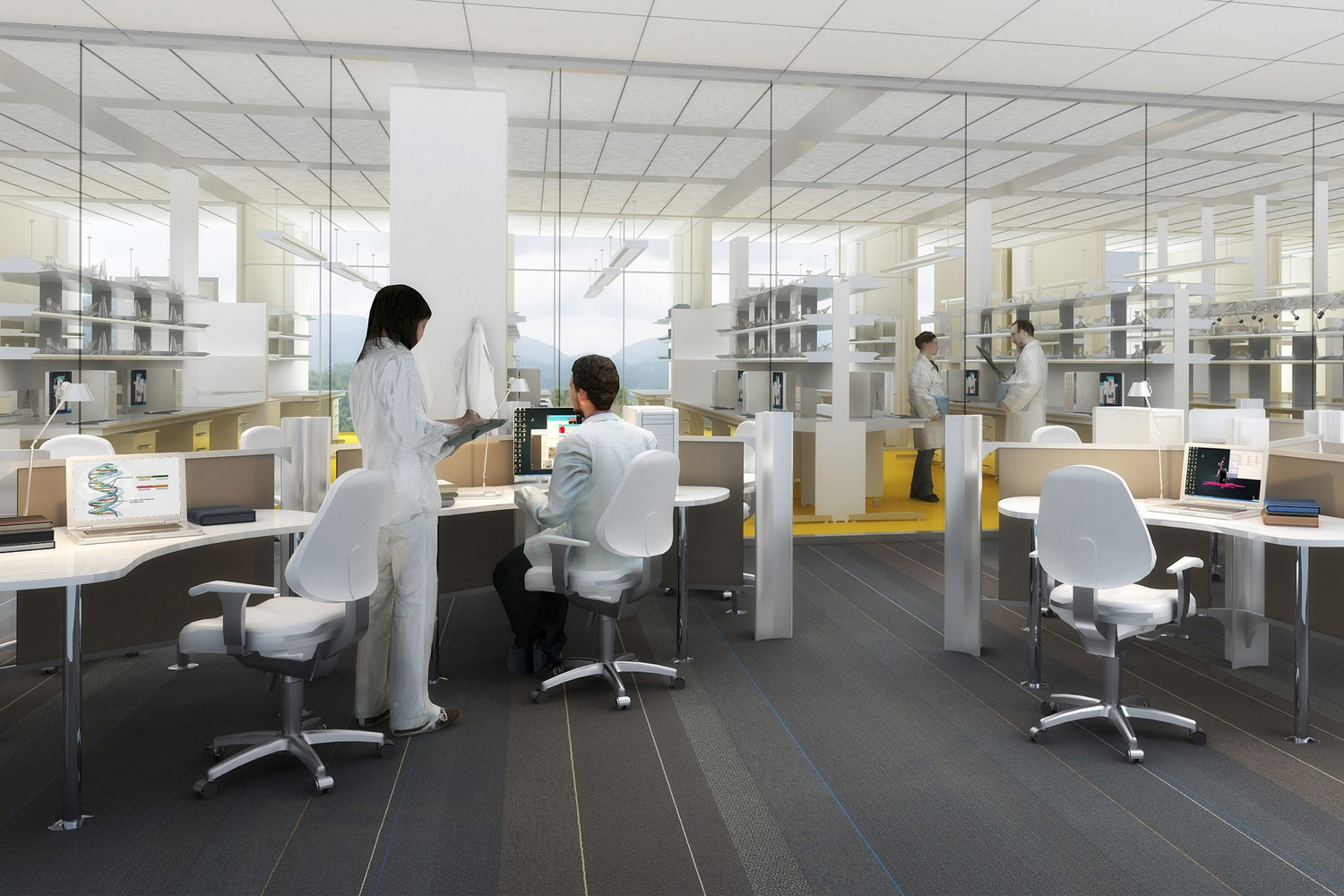
2. Share equipment – Do we need an Airbnb for scientific lab equipment?
Science parks are mass-scale projects which often involve a number of different scientific end-users. Despite this, equipment sharing amongst science parks and incubators is limited.
The challenging element of these science park designs relates to the large spaces taken up by equipment and to the levels of utilisation required from both the building operator and tenants.
Science park operators explained that the economics for equipment sharing are very poor and hence it is limited to a small number of equipment pieces.
If owners could enjoy an easy revenue stream from renting out their equipment, perhaps using an online rental marketplace similar to Airbnb which allows the supplier to lease their unused equipment, the utilisation of assets could be increased. Currently, there are few science equipment and lab rental marketplace businesses in the UK, but an increasing demand for this may create opportunities for small start-up organisations.
3. Optimising animal facility energy usage through individually ventilated cages
Ben Breaden’s presentation outlined new methods of designing low energy consumption animal holding rooms through the use of individually ventilated cages.
Animal welfare conditions are measured by the air change rate of one room and, traditionally, the Home Office regulations specify a stipulated air change rate for the in-vivo facilitated rooms. However, in recent years, the Home Office has adopted new methods of regulating the animal welfare for in-vivo facilities. This relies on providing evidence of how the animal welfare environmental conditions are achieved through the proposed design, giving design teams the opportunity to use different solutions to optimise air change rates within a facility.
Ben proposed the use of individually ventilated cages (IVC), which allow each cage to be individually supplied with air. This enables the level of heat gain to be controlled within the micro environment created in each cage. As each IVC has its own air supply, there can be a better management of air and heat gain level per cage. This allows the user to optimise the level of air depending on the animal and leads to significant energy savings, as well as lower running costs, reducing the unnecessary supply of air to un-used cages or animals that require less air.
4. Safe fume dispersal doesn’t have to cost the earth
Richard Walder explored how wind tunnel testing can deliver excellent energy savings in fume extract systems, when used in conjunction with the identification of safe exposure limits at nearby receptors. A chemical spillage scenario is used to calculate the exposure limits and, from this, the appropriate efflux velocities and fume dispersion stack height are determined.
Further savings may be achieved by reducing fan discharge velocities in certain wind conditions. However, consideration needs to be given to the ongoing maintenance costs associated with variable efflux systems, including fan invertor maintenance and regular validation of the different efflux velocities, which may offset energy savings in some scenarios.
Dependent on and specific to the activities being undertaken in the scientific lab, the approach to risk is also an important consideration, particularly where the issue involves odour rather than health. Clients may take the decision that they are happy to run at a reduced velocity at all times based on the negligible chances of a problem occurring. With a lower velocity operating fume dispersal design, less pressure is needed, which ultimately leads to reduced energy consumption and running costs in the long run.
When variable efflux systems are put in place, the location of the anemometer is important. The siting of this typically necessitates further wind tunnel analysis to identify the most appropriate location.
Andy Parker and Oliver Milton (a Partner at Hawkins/Brown) will use their experience of European lab building design to investigate this further at the annual International Institute of Sustainable Laboratories (I2SL) conference, exploring the issues around natural vs. artificial lighting and highlighting the evolving tools that will help to overcome the well-being and comfort challenges.
